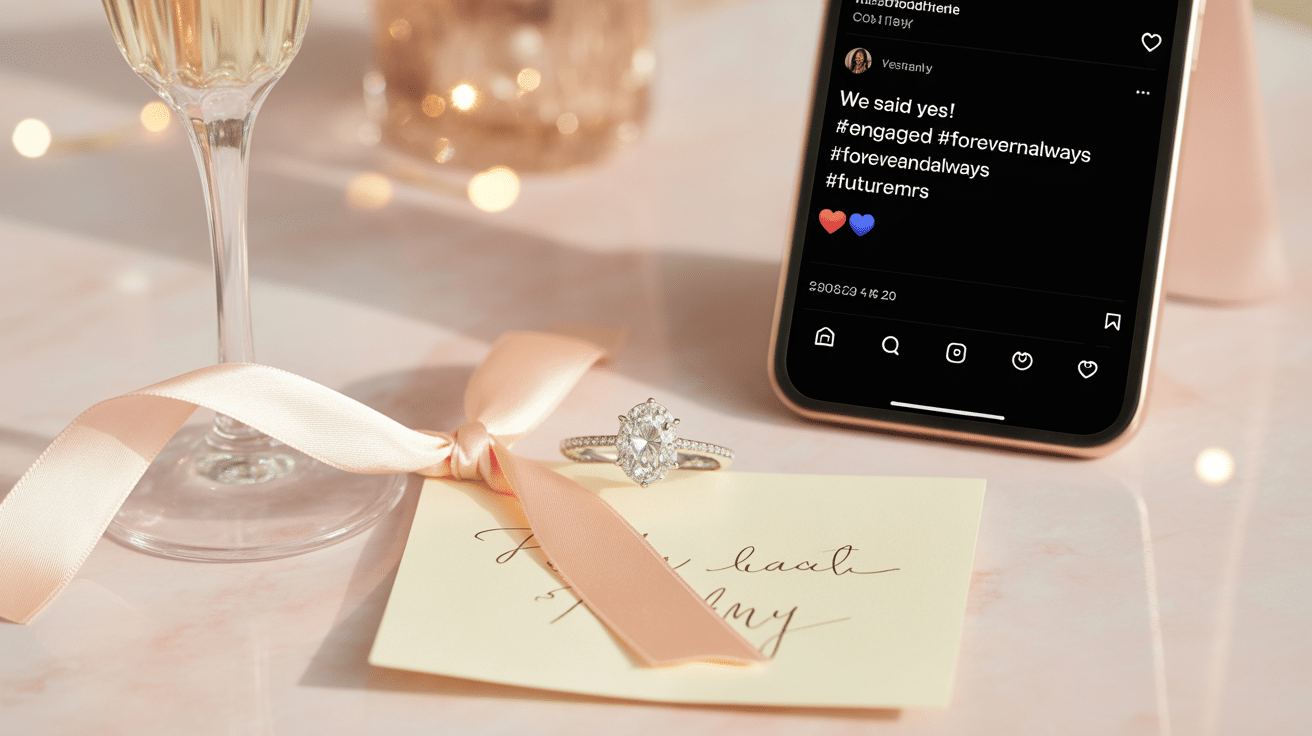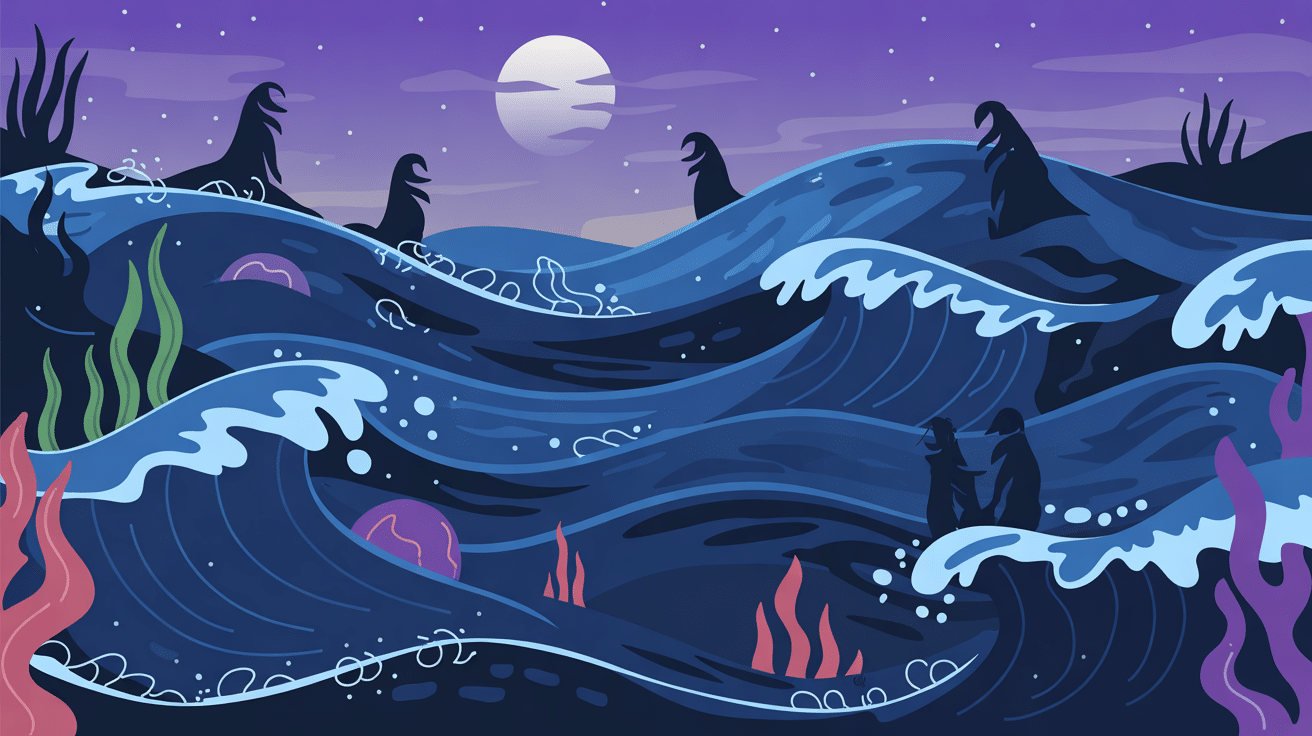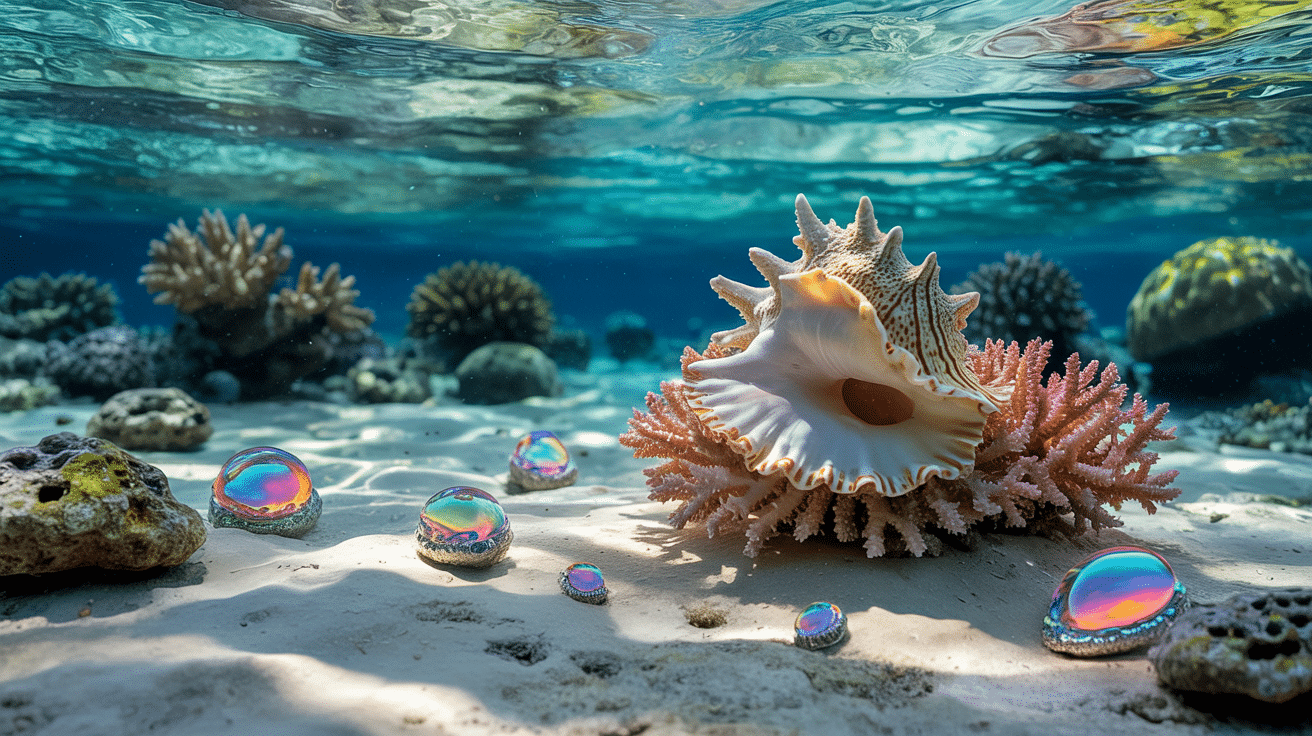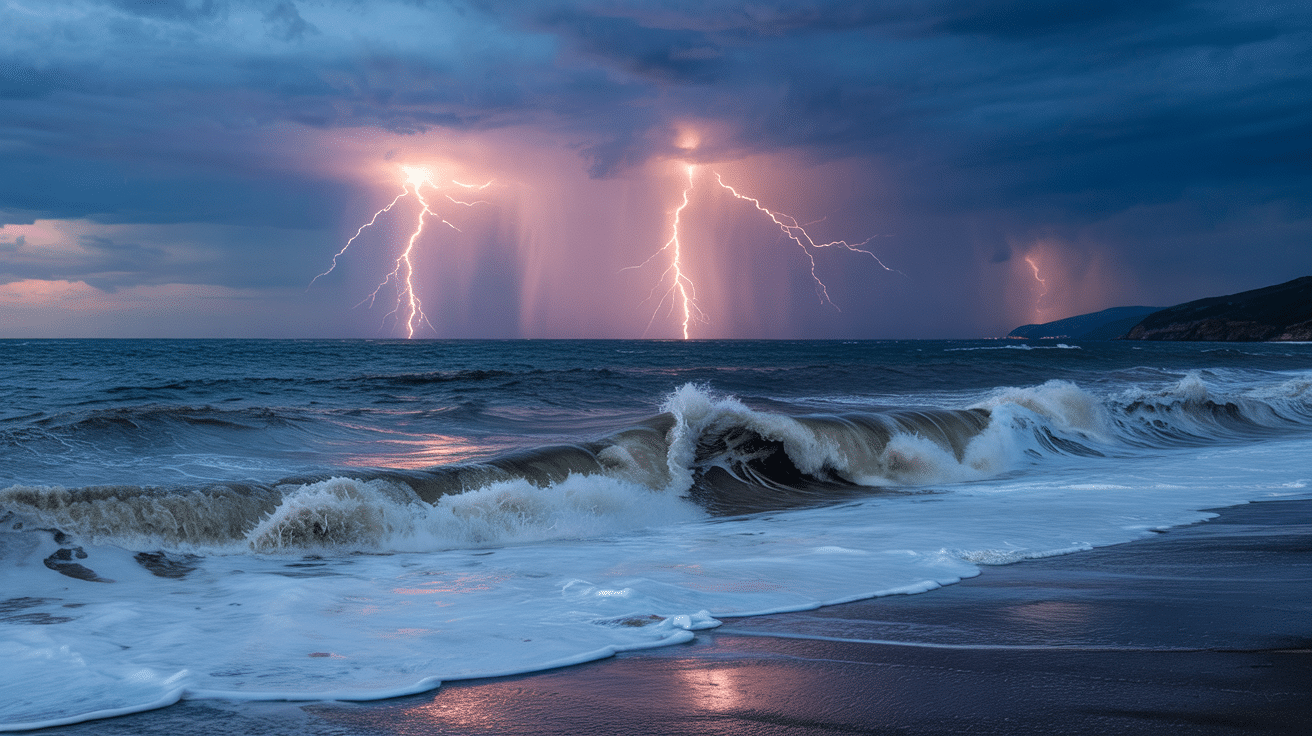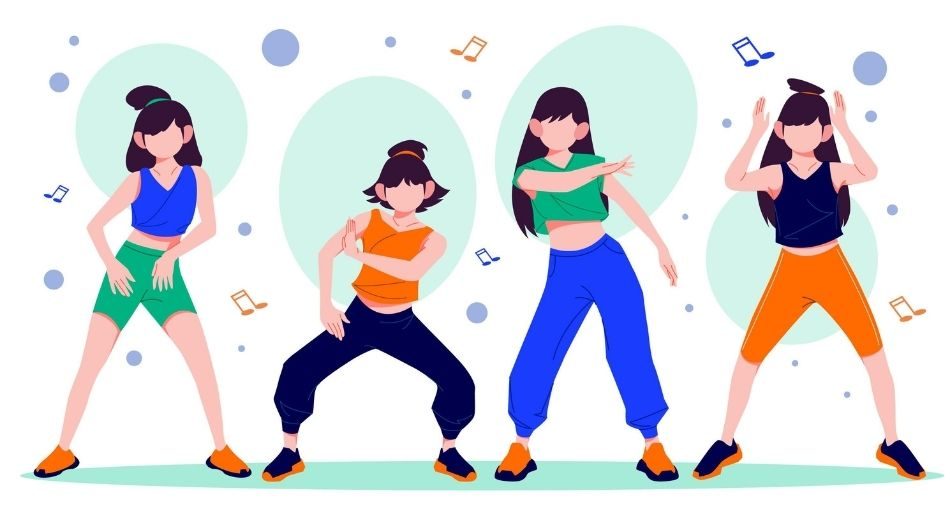Looking for the right words to celebrate a couple’s big moment? We get it. Finding the perfect message that’s neither too cheesy nor too heartless can be tough.
The truth is, engagement cards often say the same things: “Congratulations!” “So happy for you!” Nice, but not exactly memorable.
That’s why this guide has compiled a collection of card messages that genuinely feel genuine. Messages that match who they are as a couple, if they’re the quiet type, the life-of-the-party pair, or somewhere in between.
There are no generic lines here. Just honest, warm wishes that’ll make them smile (and maybe save your card while tossing the others).
Why Engagement Card Wishes Matter
Engagement wishes convey joy and support as a couple begins on their path. A heartfelt message improves the excitement and adds to their happiness, helping them feel celebrated and loved.
Shared through a card, text, or in person, these messages make special moments more meaningful.
- Show love and support for the couple as they begin on their new path together.
- Improve the excitement and joy of the engagement.
- Strengthen relationships by expressing thoughtfulness.
- Create lasting memories by sharing in the couple’s happiness.
- Remind the couple of the love surrounding them.
How to Write an Engagement Card Message
An engagement card is more than just a note; it’s a keepsake your loved ones may cherish forever. if you’re writing for a close friend, family member, or colleague, these steps will help you craft a message that’s thoughtful, sincere, and celebratory.
Step 1: Start with a Warm Greeting
Begin your card with a heartfelt salutation. Keep it personal and reflective of your relationship.
Examples:
-
“Dear Emma and Jack,”
-
“To my favorite couple,”
-
“Hey lovebirds!”
Step 2: Share Your Congratulations
Now’s the time to express your excitement! Use warm, celebratory language to convey your genuine happiness for them.
Examples:
-
“Congratulations on your engagement!”
-
“I’m so thrilled for both of you!”
-
“What amazing news, I’m over the moon for you two!”
Step 3: Add a Personal Touch
This is where you can make it special. Mention a memory, inside joke, or what you admire about their relationship.
Examples:
-
“I always knew you two were meant to be from the first time I saw you laugh together.”
-
“Your love story is my favorite, so full of joy and laughter.”
-
“It’s been such a joy watching your relationship grow.”
Step 4: Offer Good Wishes for the Future
Wrap your message with kind words for the path ahead, marriage, life, and everything in between.
Examples:
-
“Wishing you a lifetime of love, laughter, and spontaneous dance parties.”
-
“May your life together be filled with experience and unwavering love.”
-
“Here’s to a beautiful engagement and an even better forever.”
Step 5: Sign Off with Love
Finish your card with a warm closing that suits your tone and the nature of your relationship.
Examples:
-
“With all my love,”
-
“Cheers to forever,”
-
“Big hugs and happy vibes,”
-
“Yours always,”
Things to Avoid in Your Engagement Card Message
Writing an engagement card is a joyful experience, but some comments are best avoided. Even with good intentions, certain remarks can be awkward or inappropriate.
Focus your message on the couple’s happiness and steer clear of jokes or questions that may pressure their plans.
-
Don’t mention exes – even as a joke, it can dampen the mood.
-
Avoid asking about wedding details – the focus should be on the engagement itself.
-
Skip negative humor – steer clear of “ball and chain” or “good luck!” jokes.
-
Don’t pressure timelines – there’s no need to ask about the wedding date or when you might have kids.
-
Avoid making it about you – keep the spotlight on the happy couple.
Creative Engagement Card Messages for Close Friends
Engagement is one of the most joyous milestones in a person’s life, and sharing that happiness with close friends makes it even more special.
-
“Here’s to a lifetime of love and laughter together! Wishing you infinite happiness as you begin this beautiful chapter.”
-
“May your love continue to grow, and your bond become even stronger with each passing day. Congratulations on your engagement!”
-
“You two are a perfect match! Wishing you both a lifetime of experiences, joy, and sweet moments.”
-
“To my amazing friends, may your love story be as beautiful and enduring as your engagement. I couldn’t be happier for you both!”
-
“So excited for the both of you! Your love shines bright, and I can’t wait to see what the future holds.”
-
“Wishing you a lifetime of shared dreams, infinite laughter, and all the love in the world. Congrats on your engagement!”
-
“Here’s to your forever, filled with love, laughter, and countless beautiful memories together. So happy for you both!”
-
“Congratulations to two of the most wonderful people I know! May your love continue to grow stronger with every day you spend together.”
-
“You’ve found your forever, and I couldn’t be more thrilled for you both! Wishing you a lifetime of happiness and unforgettable moments.”
-
“Seeing the two of you together makes my heart so full. Wishing you both an engagement filled with love and an amazing future ahead.”
-
“May your love continue to flourish and bring you both joy every single day. Congratulations on this exciting new chapter of your lives!”
-
“Wishing you both a lifetime of laughter, love, and all the wonderful things life has to offer. Congratulations on your engagement!”
-
“So happy for the two of you! May your love be a shining example of joy, support, and unconditional happiness for years to come.”
-
“Here’s to the happiest days of your life and many more to come! So excited for the two of you and this beautiful new beginning.”
-
“Congratulations on your engagement! May you always find strength and happiness in each other’s arms.”
-
“To my amazing friends, I’m so thrilled to see you both start this new path together. Wishing you infinite love and joy!”
-
“Your love story is just beginning, and I’m so excited to watch it unfold. Wishing you both a lifetime of happiness!”
-
“May your engagement be the start of an incredible experience. I’m so happy for you both and can’t wait to celebrate together!”
-
“The love you share is truly special. Wishing you both a lifetime filled with love, laughter, and unforgettable memories.”
-
“Congratulations to my two favorite people! I hope your path together is filled with all the love and happiness you deserve.”
-
“So happy to see you two take this next step together! May your engagement bring you joy, love, and all the things your hearts desire.”
-
“From this moment on, may your love only grow deeper and your lives become even more amazing together. Congratulations on your engagement!”
-
“I am beyond excited for both of you! May this special time in your lives be filled with love, laughter, and infinite happiness.”
-
“Wishing you both a lifetime of unforgettable moments and all the love in the world. Congrats on your engagement!”
-
“I’m so thrilled to see you both get engaged! May your love continue to bloom and fill your hearts with joy forever.”
Romantic Engagement Card Messages
Engagement is a magical moment in a couple’s life, filled with promises of a future together. As they begin on this path, it’s important to send heartfelt wishes celebrating their love and supporting their commitment.
-
“May your love story be filled with infinite chapters of happiness, laughter, and shared dreams. Congratulations on your engagement!”
-
“The best love is the one that makes you feel like you’re home. Wishing you both a lifetime of love and experience together.”
-
“Here’s to a future filled with love, joy, and every beautiful moment that comes with it. Congratulations on your engagement!”
-
“As you begin this new chapter together, may your love grow deeper with each passing day. Wishing you a lifetime of happiness!”
-
“May your engagement be the beginning of a lifetime of love, laughter, and happiness that knows no end. Congratulations to you both!”
-
“Two hearts, one soul, a lifetime of love. Wishing you both infinite happiness as you take this beautiful step together.”
-
“Your love is an inspiration, and I’m so happy to see you both starting this new path together. Wishing you a lifetime of happiness!”
-
“To the couple whose love shines brighter every day,may your engagement be filled with joy, and your marriage with infinite love.”
-
“With each day, may you both continue to build a future filled with dreams, laughter, and love. Congratulations on your engagement!”
-
“Wishing you a lifetime of deep love, unwavering support, and infinite happiness. May this path be everything you’ve dreamed of and more.”
-
“Every love story is beautiful, but yours is my favorite. Wishing you both a lifetime of happiness as you begin this new chapter.”
-
“The best is yet to come! Congratulations on your engagement, and may your love continue to grow stronger with each passing year.”
-
“May your days be filled with love, your nights with peace, and your hearts forever intertwined. Congratulations on your engagement!”
-
“You two are perfect for each other! Wishing you infinite love, laughter, and happiness as you begin on this exciting new path together.”
-
“Your love is a true blessing, and I’m so excited to see what the future holds for you both. Wishing you a lifetime of joy and laughter!”
-
“As you walk this beautiful path together, may every step bring you closer to the love and happiness you deserve. Congratulations!”
-
“Here’s to a love that continues to grow stronger every day. May your engagement be filled with sweet moments and your marriage with even more.”
-
“The way you love each other is truly magical. Wishing you both an engagement full of love, joy, and unforgettable moments.”
-
“Your engagement is just the beginning of a lifetime of love. May each day be a reminder of the beautiful bond you share.”
-
“May your love story always be as sweet as your engagement, and may it grow more beautiful with every passing day. Congratulations!”
-
“Two hearts have found their home in each other. Wishing you both a future filled with love, laughter, and infinite happiness.”
-
“With every step you take together, may your love grow stronger and more beautiful. Congratulations on your engagement, and here’s to forever!”
-
“A love as beautiful as yours deserves a lifetime of happiness. Wishing you both all the joy and love in the world as you begin this path.”
-
“May your engagement be filled with dreams, love, and all the happiness in the world. Can’t wait to see the wonderful future you’ll build together!”
-
“Wishing you a lifetime of laughter, love, and cherished moments. May this engagement mark the start of your forever together.”
Funny Engagement Card Messages
Engagement is joyful, but doesn’t have to be serious! Humor can make the moment memorable. Funny engagement wishes add a playful twist, bringing smiles to the couple.
Teasing about the future or joking about challenges, these lighthearted messages share the joy of their engagement with humor.
-
“Congratulations on your engagement! I guess this means you’re both officially stuck with each other now. Enjoy the ride!”
-
“Wishing you both a lifetime of love, laughter, and Netflix arguments over what to watch. Congrats on the engagement!”
-
“Here’s to finding someone you can annoy for the rest of your life. Congratulations on your engagement!”
-
“Congrats on your engagement! May your life together be filled with love, joy, and occasional ‘what did I get myself into?’ moments.”
-
“Engagement: the start of the ultimate team sport, getting through life together, one chore at a time. Best wishes!”
-
“Congrats! You’ve found someone you can spend forever with… or at least until the Wi-Fi goes out.”
-
“Wishing you both a lifetime of happiness and arguing over whose turn it is to do the laundry. Enjoy your engagement!”
-
“You two are perfect for each other… like cookies and milk, Netflix and snacks, and arguing over who’s right. Congrats!”
-
“Engagement: When you find someone who tolerates your weirdness forever. Congratulations on this big step!”
-
“Congratulations on your engagement! You’ve found someone to steal your covers and snore next to forever.”
-
“Here’s to a lifetime of love, laughter, and sharing the last piece of pizza. Congrats on your engagement!”
-
“Wishing you both a lifetime of happiness and sarcastic banter. May your engagement be the start of many hilarious moments.”
-
“Congrats! Your engagement is the perfect excuse to have even more awkward family gatherings. Enjoy!”
-
“May your engagement be filled with laughter, love, and maybe a few ‘Why did we do this?’ moments. Congratulations!”
-
“Cheers to finding someone you can share your fries with, but not your last piece of dessert. Congrats on your engagement!”
-
“May your life together be filled with joy, love, and infinite debates about where to eat dinner. Congrats on the engagement!”
-
“Congrats on your engagement! Now you can argue about whose family you’ll visit for the holidays forever.”
-
“Here’s to finding someone who will love you even when you forget to take out the trash. Wishing you a lifetime of happiness!”
-
“Congratulations on your engagement! May your love continue to grow stronger, just like your to-do lists will.”
-
“You’re both so lucky to have found someone to share your life with… and also your terrible cooking. Congrats on the engagement!”
-
“Wishing you both a lifetime of joy, happiness, and the occasional eye-roll. Congrats on getting engaged!”
-
“Congrats on your engagement! I hope you’re both ready to fight over who gets the remote for the rest of your lives.”
-
“Here’s to forever together, because there’s no one else you’d rather be stuck with for eternity. Congratulations!”
-
“Wishing you a lifetime of love, happiness, and infinite discussions about whose turn it is to pick the movie. Congrats!”
-
“Congrats on your engagement! May your love be as deep as your Netflix queue and as constant as your pizza cravings.”
Inspirational Engagement Card Messages
Engagement is a time for celebration and inspiration. It marks the beginning of a beautiful path filled with love, dreams, and shared goals. As a couple takes this exciting step together, it’s essential to remind them of the strength and inspiration they bring to each other.
-
“Congratulations on your engagement! May your love inspire you to reach new heights together and create a beautiful future.”
-
“Wishing you both a lifetime of growth, happiness, and unwavering love. Your engagement is just the beginning of a powerful path ahead.”
-
“As you begin on this beautiful experience together, may your love always inspire you to be the best versions of yourselves.”
-
“May your engagement be the start of a path filled with inspiration, infinite love, and dreams that come true.”
-
“Congratulations on your engagement! May your love continue to grow stronger and inspire others along the way.”
-
“May your commitment to one another be a source of inspiration for everyone around you. Wishing you both a lifetime of happiness and success.”
-
“Your love story is just beginning, and I know it will be one that inspires others for years to come. Congratulations!”
-
“Wishing you both a love that motivates, inspires, and lifts you up in every way. May this be the start of an amazing life together.”
-
“As you take this next step in your path, may you inspire each other to chase your dreams and create a beautiful future.”
-
“May your love be a constant source of inspiration and strength as you face life’s challenges together. Congratulations on your engagement!”
-
“Congratulations on your engagement! May your path together be filled with love that inspires others and a future full of possibility.”
-
“Wishing you both a lifetime of inspiration, love, and incredible moments. Your engagement is just the start of something truly beautiful.”
-
“May your love shine brightly for all to see and inspire those around you. Congratulations on your engagement!”
-
“Your engagement is a beautiful reminder of what love is all about, support, inspiration, and a shared vision for the future.”
-
“As you begin this new chapter together, may your love inspire you to make the world a better place, one step at a time.”
-
“Wishing you both an engagement filled with inspiration and a marriage that leads to a lifetime of love and shared dreams.”
-
“May you always inspire each other to be the best versions of yourselves. Congratulations on your engagement!”
-
“Your love is a beacon of inspiration, and I know it will continue to shine brightly as you build your life together. Congratulations!”
-
“Wishing you both a future full of inspiration, growth, and all the love you’ve ever dreamed of. Congrats on your engagement!”
-
“As you take this exciting step together, may your love inspire you to face every challenge with courage and determination.”
-
“Congratulations on your engagement! May your love story continue to inspire you both to reach for your dreams and build a future full of possibilities.”
-
“Wishing you both a life full of beautiful moments, shared dreams, and inspiration that fuels your love every day.”
-
“May your love be a guiding light that inspires others to find their own happiness. Congratulations on your engagement!”
-
“As you begin this exciting chapter, may your love continue to grow, inspire, and bring out the best in both of you.”
-
“Your love is a beautiful example of what true commitment looks like. May it inspire you both to reach new heights together. Congratulations!”
Engagement Card Messages to Share on Social Media
Social media is ideal for celebrating life’s big moments, including engagements! If congratulating a couple or sharing your news, engagement wishes on Instagram, Facebook, or Twitter can be creative and fun.
Using catchy lines, hashtags, and inspirational quotes helps your engagement wish stand out and spread the love. Below are some trendy, social media-friendly ideas to craft the perfect post.
-
Here’s to love, laughter, and happily ever after! #EngagedLife #WeddingGoals #ForeverAndAlways
-
Two hearts, one love, a lifetime of memories! #Engaged #LoveStory #HereWeGo
-
Cheers to love, commitment, and a lifetime of experiences together. #JustEngaged #NewBeginnings #TogetherForever
-
Pop the champagne, she said yes! #Engaged #WeddingPlanning #HappilyEverAfter
-
From this day forward, forever starts now. #EngagementBliss #LoveGoals #TogetherAlways
-
The experience begins! Can’t wait to see what the future holds. #HeSaidYes #EngagementCelebration #NextChapter
-
A perfect match, and now it’s forever. #Engaged #LoveInTheAir #BetterTogether
-
I said yes to forever. #SheSaidYes #EngagementJoy #CountMeIn
-
Engaged to the love of my life. Let the countdown begin! #EngagementLove #TheBestIsYetToCome
-
All of me loves all of you. #EngagementGoals #TogetherForever #FutureMrs
-
Excited for a lifetime of love, laughter, and happily ever after. #Engaged #WeddingDreams #ForeverAndAlways
-
Here’s to forever with my best friend. #Engaged #PartnerInCrime #WeddingBliss
-
We found our forever. Now the fun begins! #SheSaidYes #EngagementJoy #TogetherAlways
-
Next stop, wedding bells! #EngagedLife #SayYesToTheDress #HappilyEverAfter
-
Engaged and feeling blessed. Let the wedding planning begin! #WeddingPlanning #JustEngaged #DreamComeTrue
-
The best is yet to come. So excited for our forever! #EngagedCouple #OurpathBegins #FutureTogether
-
Together forever, and always in love. #Engaged #Soulmates #AllTheFeels
-
Today I married my best friend. #EngagementLife #ForeverTogether #WeddingPlanning
-
Let the countdown to begin forever! #SheSaidYes #WeddingBells #EngagementJoy
-
Here’s to forever with you. #Engaged #NewBeginnings #LifeTogether
-
I said yes to a lifetime of love. #HeSaidYes #Weddingpath #ForeverAndAlways
-
This is just the beginning of forever. #EngagementBliss #LoveStory #Ourpath
-
Engagement vibes: Full of love, joy, and infinite excitement. #EngagedLife #WeddingGoals #HappilyEverAfter
-
From ‘Yes’ to ‘I do,’ forever starts now. #EngagementJoy #FutureWife #LoveGoals
-
A new chapter, a new beginning. Let the love story continue. #JustEngaged #NextChapter #LoveOfMyLife
-
Can’t wait for forever with you. #Engaged #LoveInTheAir #HappilyEverAfter
Conclusion
Love spoken from the heart hits differently. These message ideas can be your starting point, but the best card will always be the one with your twist, little jokes, or memories only you two share.
So grab a pen, pour your heart out, and make that special someone smile. Cards might seem old-school, but there’s something magical about holding words meant just for you.
Next time you’re standing in the card aisle feeling stuck, remember that simple and true beats fancy every time. The perfect words are the ones that sound like you.
What’s your go-to message when writing to your partner? Please share your thoughts below or check out our other relationship tips for more inspiration.







